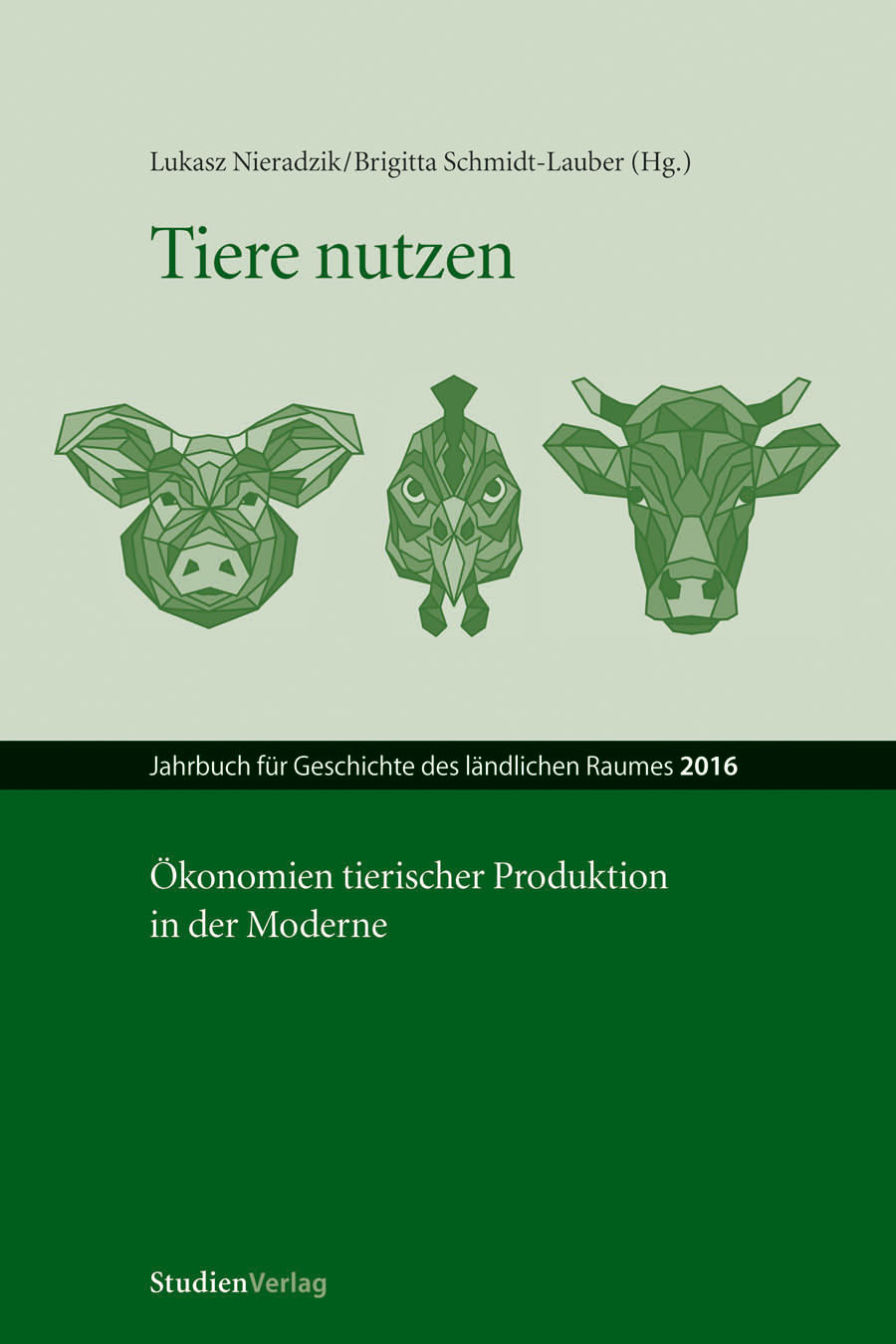Tiere mästen und essen
Die Fabrikation des globalen Fleisch-Komplexes
DOI:
https://doi.org/10.25365/rhy-2016-3Abstract
Since the mid-nineteenth century, human-animal relationships in industrial societies have been exposed to significant processes of engineering and commodification. In the context of agrofood globalization transnational sites of meat production, distribution and consumption emerged that were regulated by public and private actors, which I call the global meat complex. In the first period (1870s–1930s), meat from settler colonies in the Americas and Oceania supplied middle-class customers in the United Kingdom and other European metropolitan states with affordable meat. In the second period (1940s–1970s), US surpluses of corn and soybeans fuelled the expansion of capital-intensive livestock feeding in the welfare societies of Western Europe
and Japan. In the third period (1980s–2010s), new agricultural countries emerged as both suppliers (e. g. Brazil) and buyers (e. g. China) of feeding stuffs for large-scale meat processing and retailing under the command of transnational companies. During these periods, the life cycles of both plants and animals were more and more technically manipulated as well as commercially exploited by state-supported research and industrial capital. However, plants and animals somehow resisted total human control, thus provoking permanent tinkering – which, in turn, accelerated the ‘spiral of risk’. The heavy burden of the global meat complex on society and on the environment forces humans to adopt more sustainable alternatives of food production and consumption, either proactively or reactively.


